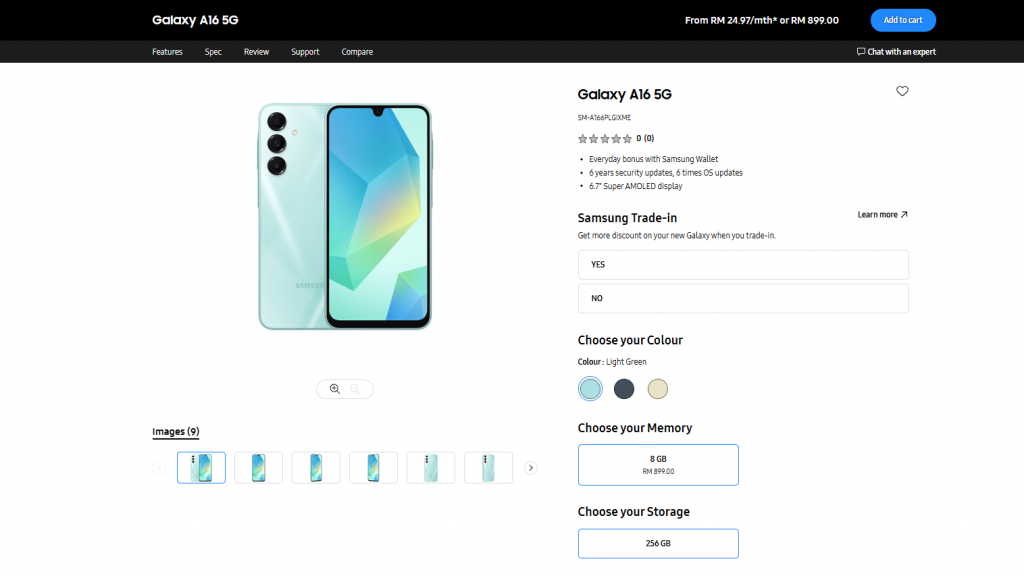Bullet threading is a feature that can significantly enhance the visual organization of notes, particularly those with numerous bullets or large outlines. This article will guide you on how to add bullet threading to Obsidian, a popular note-taking app, using CSS snippets.
Obsidian is a powerful tool for note-taking and knowledge management. However, when dealing with extensive notes with multiple bullets or outlines, it can be challenging to track the flow of information. This is where bullet threading comes in. Bullet threading is primarily an aesthetic feature that visually connects related bullets or outlines, making it easier to follow the flow of information.
To add bullet threading to Obsidian, you need to use CSS snippets. CSS, or Cascading Style Sheets, is a style sheet language used for describing the look and formatting of a document written in HTML or XML. In Obsidian, you can use CSS snippets to customize the appearance of your notes.
Obsidian bullet threading guide
The process of adding bullet threading to Obsidian involves several steps. First, you need to go to the settings of Obsidian, then to the appearance section, and finally to CSS Snippets. Here, you create a new text document with a .CSS extension named ‘bullet threading’.
Other articles you may find of interest on the subject of improving your productivity :
Next, you need to add the specific CSS snippets for bullet threading in outlines and bullets. These snippets can be found online and need to be copied and pasted into the new CSS file you created. Once you have added the snippets, bullet threading will be enabled in your Obsidian notes.
Bullet threading can be enabled in both reading and editing modes in Obsidian. This means that you can see the threads connecting related bullets or outlines whether you are reading your notes or editing them.
In addition to enabling bullet threading, you can also customize the thickness of the bullet threads. This is done by changing the ‘outline guideline width’ value in the CSS snippet. The color of the bullet threads can also be customized based on the theme being used in Obsidian, or manually in the CSS snippet for those proficient in CSS.
For those who want to explore more custom CSS for Obsidian, there is a compiled Obsidian CSS snippet vault created by a tutorial maker. This vault includes all the useful CSS snippets for Obsidian and can be downloaded from a link provided in the tutorial.
Adding bullet threading to Obsidian using CSS snippets can significantly improve your productivity by enhancing the visual organization of your notes. It is a simple process that involves adding specific CSS snippets to Obsidian and can be customized to suit your preferences. So, if you are an Obsidian user looking to improve your note-taking experience, consider adding bullet threading to your notes.
Filed Under: Guides, Top News
Latest togetherbe Deals
Disclosure: Some of our articles include affiliate links. If you buy something through one of these links, togetherbe may earn an affiliate commission. Learn about our Disclosure Policy.




